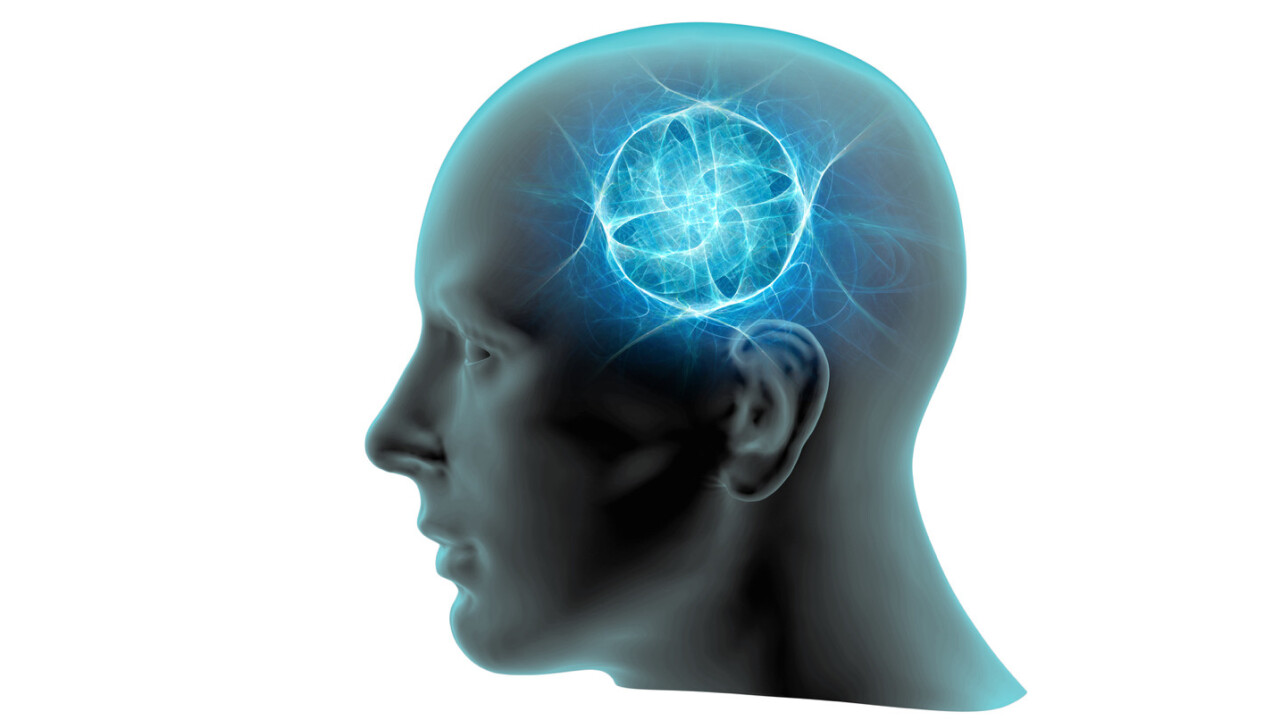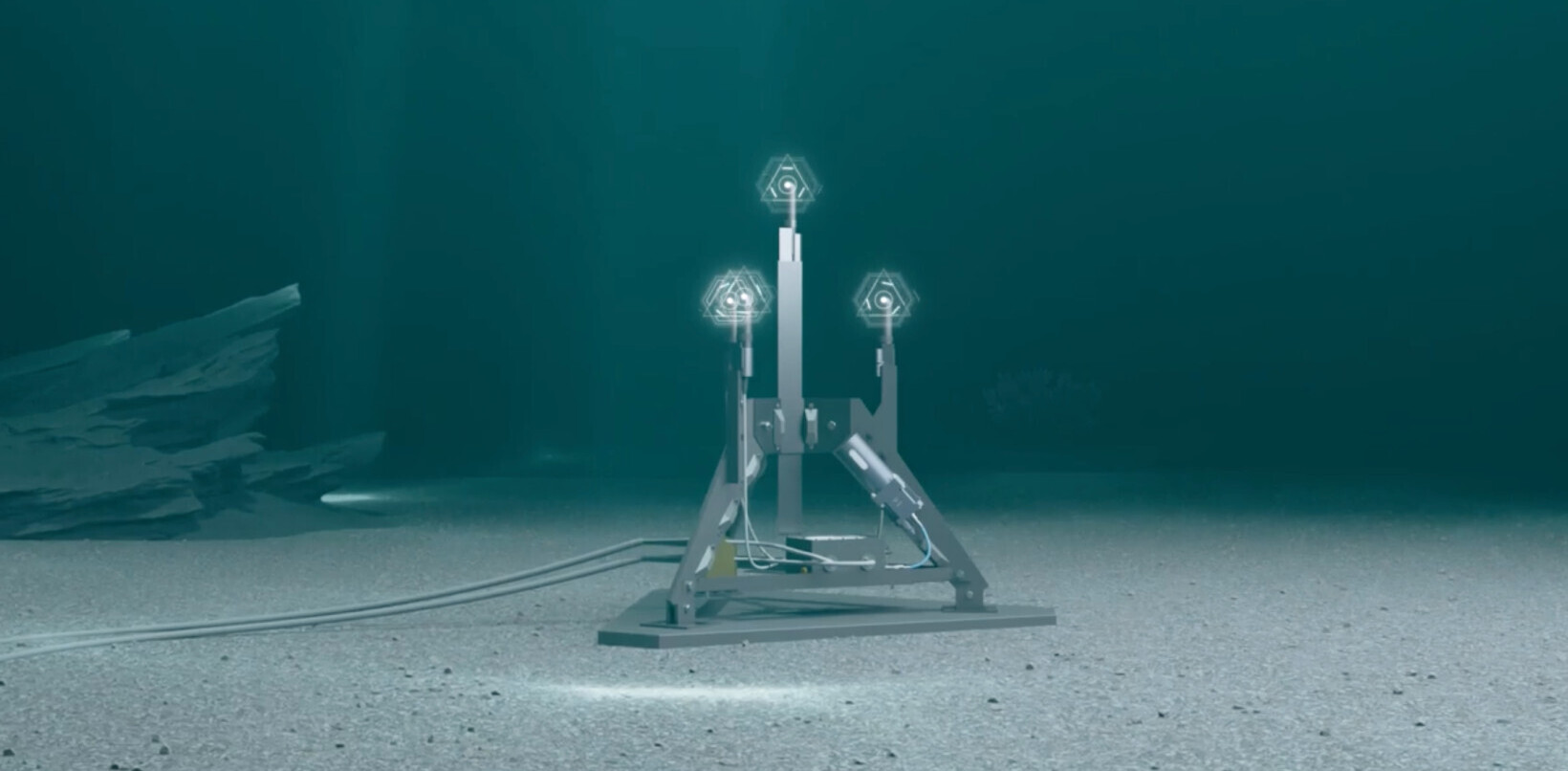
Researchers from Columbia University and the University of California, San Francisco recently isolated what’s called “anxiety cells” in the brains of mice. And then they used an algae-inspired light to control the animals’ minds.
The researchers discovered the cells by sending laboratory mice through a series of anxiety-inducing trials and observing the electric signals occurring at the cellular level in specific areas of their brains.
It was discovered the hippocampus, the emotion center of the brain, plays host to cells that lit up when the mice encountered an anxiety-inducing situation. To stress the animals, researchers placed wide open spaces in otherwise narrow mazes: something mice naturally fear.
According to EurekAlert Dr. James Hen of Columbia University said:
We call these anxiety cells because they only fire when the animals are in places that are innately frightening to them. For a mouse, that’s an open area where they’re more exposed to predators, or an elevated platform.
Once the team located the anxiety cells the scientists used a process called optogenetics to, basically, hack them. Optogenetics is a sort of photostimulation – think strobe lights – that was developed after observing some crazy electrical activity happening with a certain kind of algae.
The scientists were able to use optogenetics to dial up anxiety in otherwise chill mice – which caused them to react the same as as they would to actual environmental stimuli. They were also able to turn the anxiety off, which resulted in new fearless super-rats that are currently overthrowing the government.
Actually, that last bit is incorrect. According to the white paper published by the team, the specific cells being targeted are required for avoidance behavior. So, by hitting the off-switch on the animals’ anxiety cells the scientists effectively rendered the creature fearless. But so far there’s no vermin uprising we’re aware of.
The technology is nothing more than experimental at this point, so there’s no reason to stop paying your therapy bill just yet. Still, any beacon of hope in what’s been, so far, a losing fight against depression and anxiety is a welcome one – especially since humans likely have the same cells in our brains.
We reached out to anxiety treatment expert Dr. Alison Darcy – Woebot’s mom – to see what she thought about the idea:
I haven’t read the study and can’t speak to the field of optogenetics. I do understand that some people experience crippling and pervasive symptoms of anxiety and I would not suggest that one pathway to feeling better is somehow wrong if it’s effective, sustainable and without side-effects. Having said that, as psychologists, we believe in teaching people skills that facilitate self-awareness and mastery. There’s a compelling and understandable temptation to want something that is faster, that’s what makes chemical imbalance theories of mood problems very compelling.
Anyone who’s suffered from anxiety might agree with Dr. Darcy. It’s incredibly difficult not to get excited over something that could one day make it something we can opt out of.
In the meantime, we’ll be building better mousetraps — just in case those super-rats show up.
Get the TNW newsletter
Get the most important tech news in your inbox each week.





